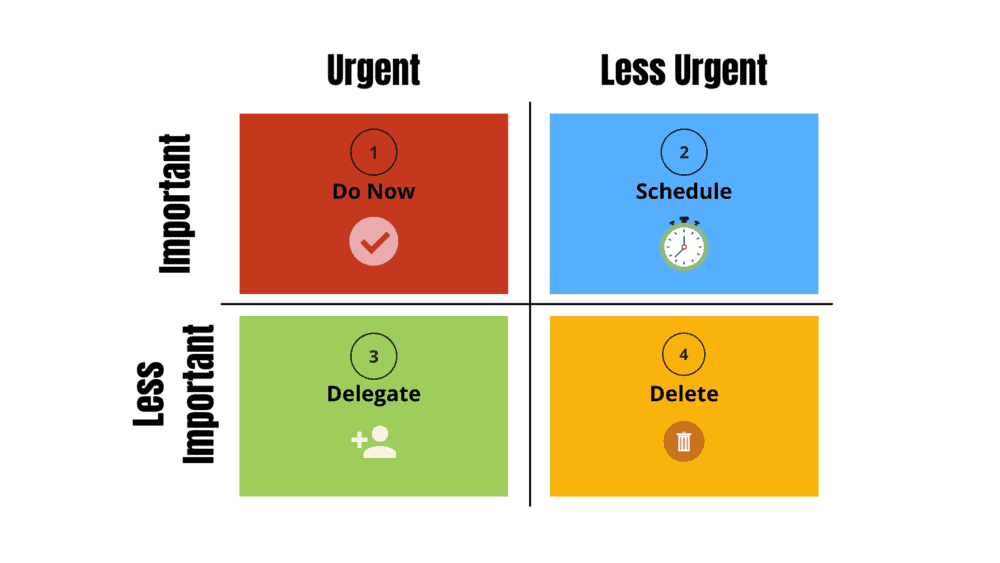In my experience as a project manager in an agency setting, juggling multiple projects simultaneously, I realized long ago that relying solely on my memory was a recipe for forgetfulness and missed tasks. I developed a mantra to raise the bar for myself: “Anticipate what everyone needs, and help them get it before they have to ask for it.” I wanted to be proactive in my work, which required a change in my approach.
Essentially I learned the brain is not to be trusted…

Good organization and time management skills are the unsung heroes of a good project manager. There was a time when I thought I could keep it all in my head, but after a few instances of forgetting to do or communicate important things, I started the barrage of Post-it notes around my workspace with lists of things I didn’t have to remember. It wasn’t long before I knew that was not the long-term solution.
I’m showing my age now, but it was shortly after I found the Franklin Covey method. Yeah, I had the planner and the custom pages that included the daily task list, and it CHANGED MY LIFE. I started prioritizing based on identifying and focusing on the most important tasks and activities. I was categorizing them based on their urgency and importance using tools like the Eisenhower Matrix, which divides tasks into four quadrants: important and urgent, important but not urgent, urgent but not important, and not urgent or important. By adopting this method, I gained clarity and focused on the most critical tasks while ensuring nothing important fell through the cracks.

Generally, it looks something like this:
Once I had my list, I would start converting and ordering based on overall priority:
Then, I would assign a number to those items for higher priority to lower:
This mindset for setting priorities has stuck with me, even though my Franklin Planner has been replaced with many a digital app since then, but I will get to those in a second. While I highly recommend the above approach, you can do several other things to stay on top of your task list. Check out #5 in the below list for some of my recommendations.

Productivity isn’t just about being a taskmaster; it’s about reclaiming control over your time and energy. Embrace the power of prioritization and make room for the things that truly matter, whether it’s building relationships, personal growth, or taking care of yourself. Remember, it’s not always about getting everything done; it’s about getting the right things done. So, go forth with a renewed sense of purpose, armed with your chosen productivity tools, and carve out a path to success that reflects your unique journey.

We love to make cool things with cool people. Have a project you’d like to collaborate on? Let’s chat!
Stay up to date on what BizStream is doing and keep in the loop on the latest in marketing & technology.